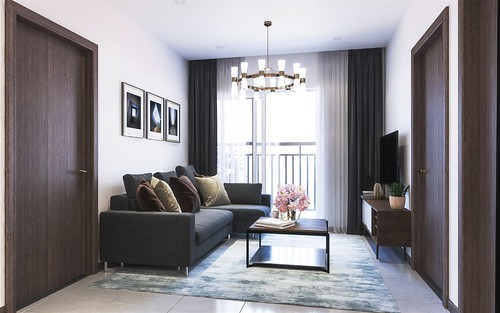Here in Midland, NC, where we have four seasons, the weather changes are noticeable. Sometimes the changes are apparent even inside. During any season, you might discover hot and cold spots in your home. These temperature differences could be happening for a number of reasons, but regardless of why they’re happening you can minimize these spots in your home.
Check for and Seal Leaks
Sometimes hot and cold spots happen because there are leaks around your doors or windows. Autumn is an excellent time to make home repairs and to determine if leaks are the culprit for temperature changes around the house. You can use caulk or weatherstrips to help seal these leaks and keep hot or cold air outside.
Insulated Curtains

Insulated curtains are a great way to minimize hot and cold spots. Thermal or insulated curtains work by keeping heat inside your home. During the cooler months, you can stay warm and comfortable in your home. Insulated curtains usually have three layers, including a vapor barrier that can help prevent your curtains from absorbing condensation from windows. These curtains can help you keep your rooms at a more even temperature.
Check Your Vents
Another preventative step you can take is to make sure your air vents are not being blocked. Check to see that no furniture or other items are blocking your vents, this can ultimately prevent airflow from cooling or heating a room. If the air vents are not being blocked, you could try closing them in rooms that aren’t being used. This sometimes helps increase airflow to other rooms that might need more heat or cold.
Change Your Air Filter
Your air filter should be changed every 30 to 90 days, depending on the age of your HVAC system and the type of filter you use. Air filters help to trap dirt, dust, and other allergens in order to prevent them from entering the home. However, air filters can get full and not work properly. This problem could be contributing to the hot and cold spots in your home. By regularly changing your air filter, you’ll have better indoor air quality and more consistent temperatures indoors.
HVAC Maintenance
Regular HVAC maintenance is a preventative measure to help keep your HVAC system healthy. During a service call, your HVAC specialist will inspect the components of your system for leaks, dirt, and other debris. The specialist will also test electrical components and coils. They will also check refrigerant levels, drain lines, airflow, and other factors. Additionally, beyond finding and eliminating hot and cold spots in your home, the specialist could find a more significant issue if your system. Your specialist can make recommendations if you need to repair or replace your system.
Hot and cold spots in your home can happen from time to time. Still, with a few preventative steps and regular HVAC maintenance, you can be comfortable in any part of the house.
 2018 ·
2018 ·
Leave a Reply